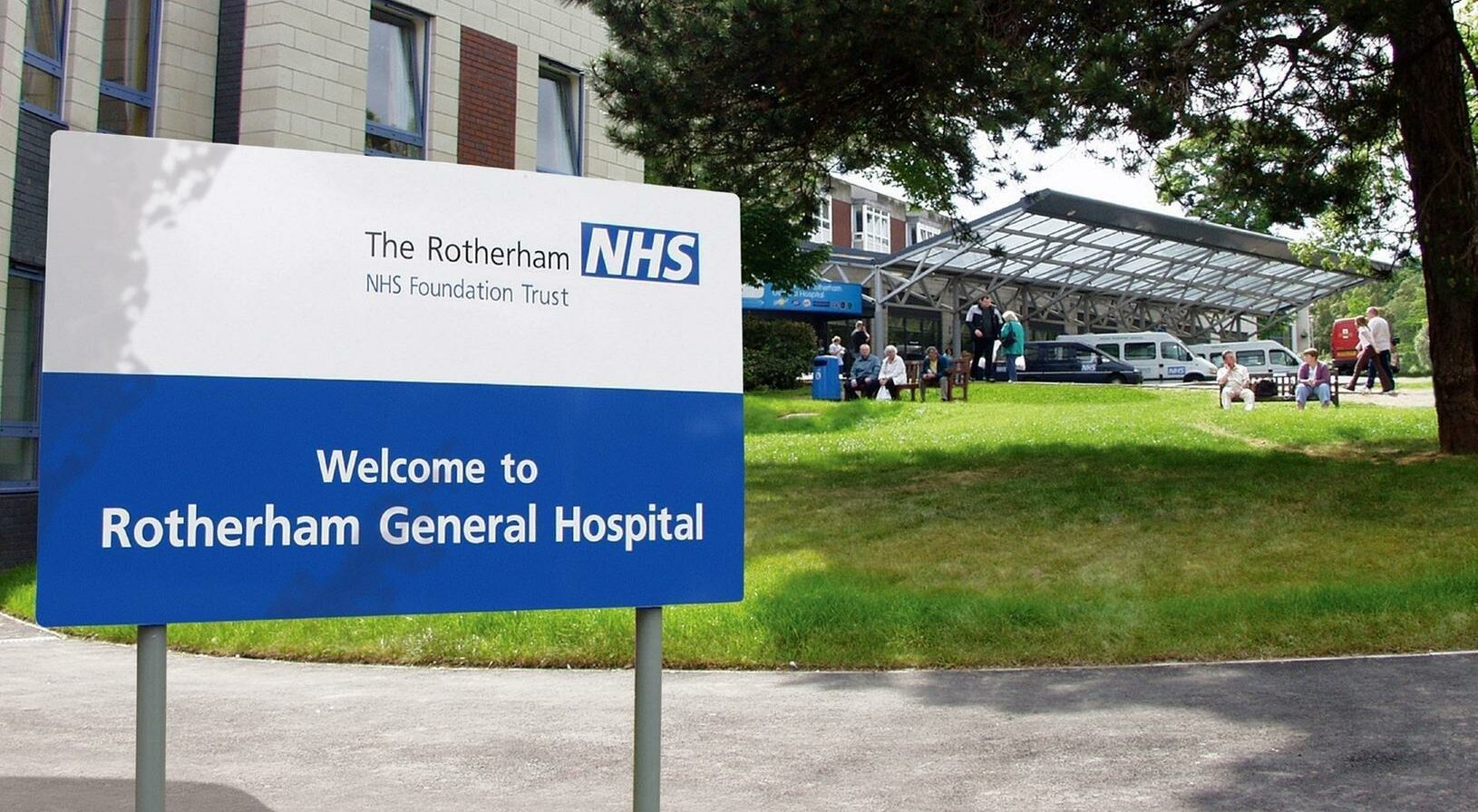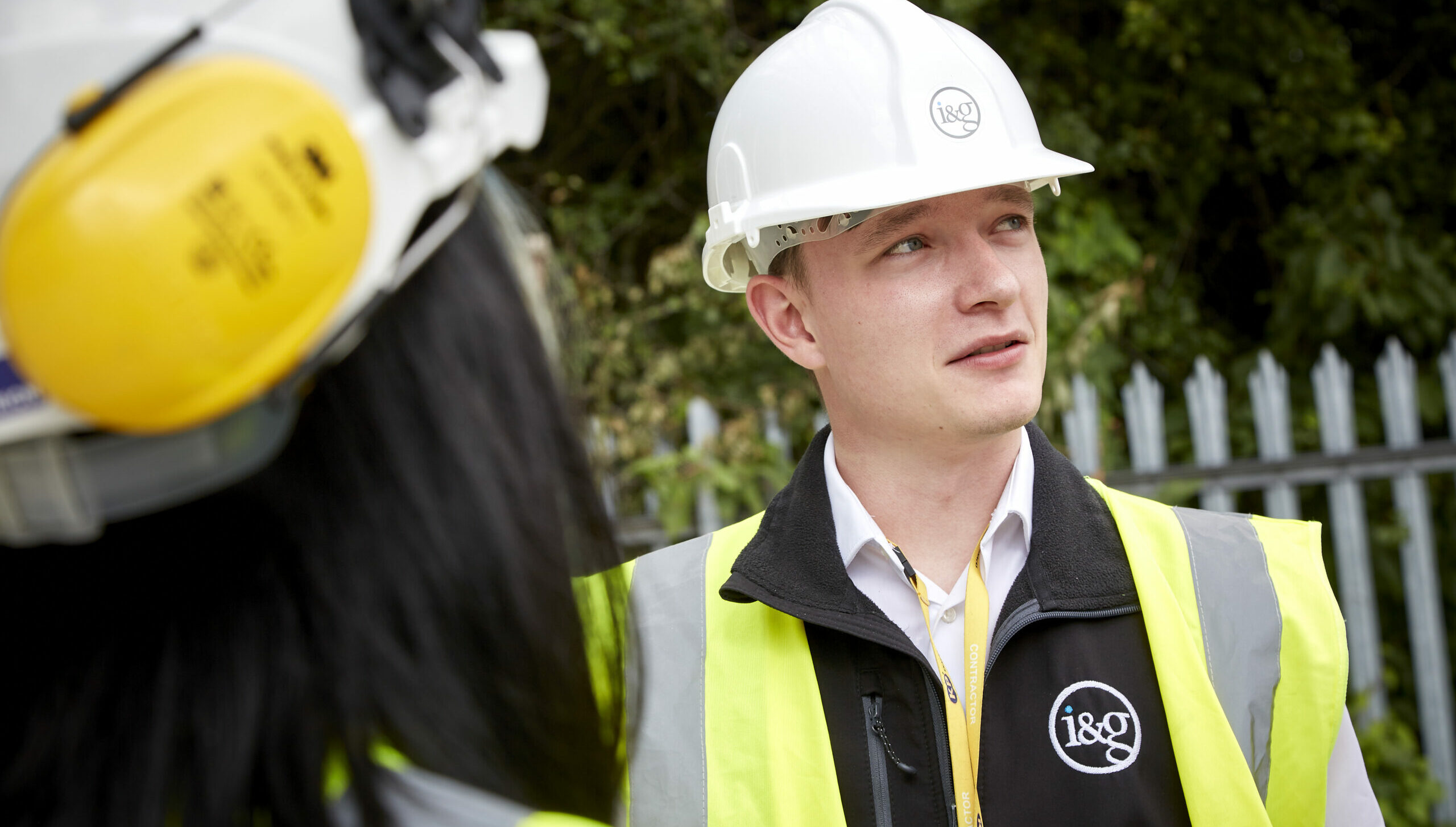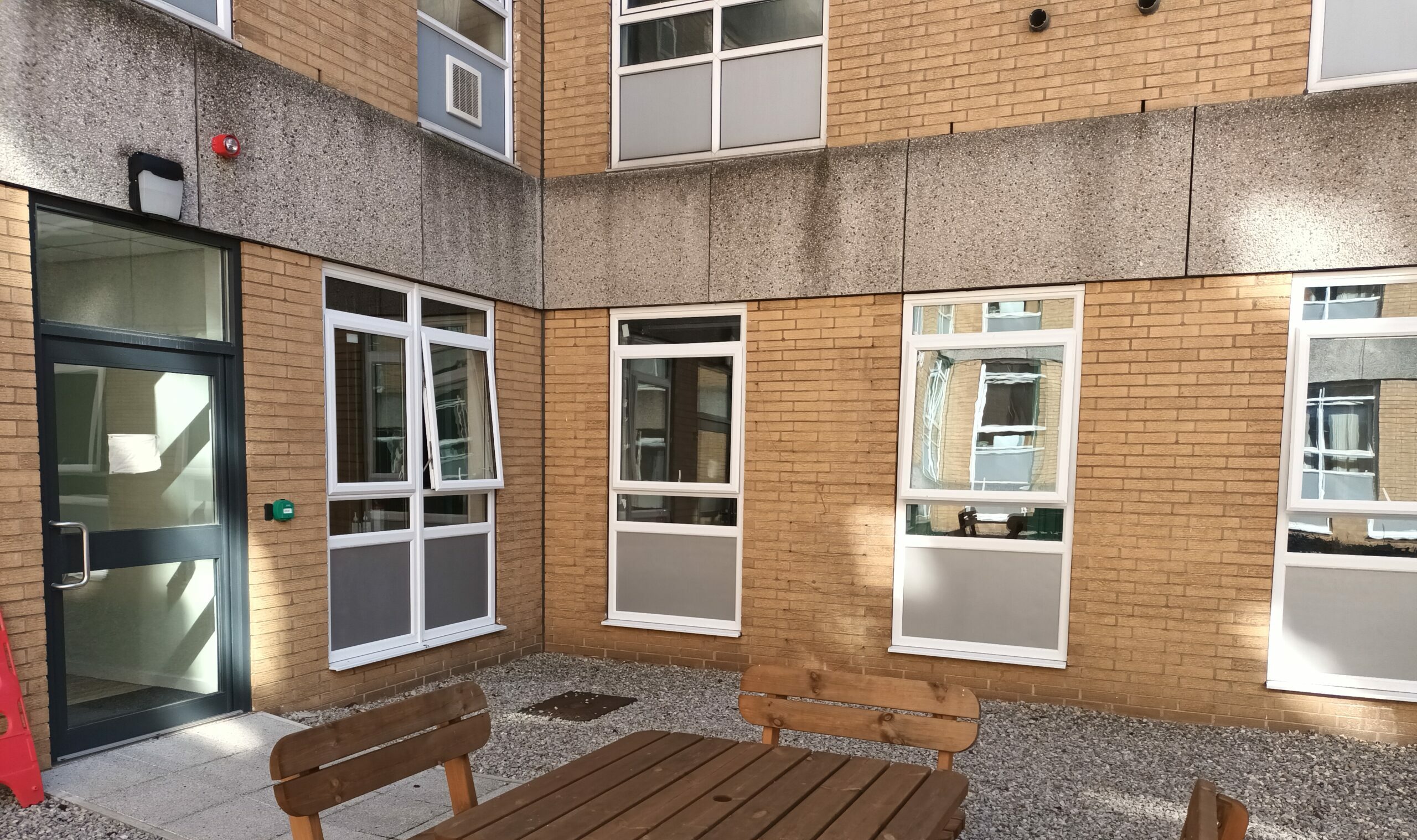This website uses cookies so that we can provide you with the best user experience possible. Cookie information is stored in your browser and performs functions such as recognising you when you return to our website and helping our team to understand which sections of the website you find most interesting and useful.
Supporting a greener future with the NHS
CLIENT: ROTHERHAM HOSPITAL | TYPE OF WORK: CONSTRUCTION, REFURBISHMENT AND RETROFITTING | SECTOR: HEALTH
Sustainability is about being able to maintain your organisation over time, both in terms of keeping your operations going, planning for the future and minimising your organisation’s effect on the environment.
The challenge
I&G have been helping Rotherham Hospital plan and adapt for the future, through three major projects:
- Fitting cavity insulation to three accommodation blocks.
- Installing new windows to a four storey hospital building.
- Constructing a new high voltage substation building to power the hospital in the future.
Rotherham Hospital wanted to upgrade and improve the existing buildings across the estate and to minimise their carbon footprint, whilst reducing their energy costs and ensuring business continuity.

Cavity insulation
I&G fitted cavity wall insulation to three accommodation blocks, which house key workers for the NHS. This was designed to upgrade the thermal performance of the building, and improve the Energy Performance Certification (EPC) rating. Walls account for a third of heat lost from buildings, so well insulated walls can make a great difference to a building’s performance.
The works meant the Trust could save both money and energy, allowing them to divert resources where they’re needed most – in delivering the best care for their patients.
The buildings are used as accommodation for healthcare workers, many of whom work night shifts, so it was essential that work was kept to set hours, and that noise was minimised.
To make sure the works completed on time, I&G used a cherry picker, eliminating the need for scaffolding and reducing the programme length, and used less invasive tactics to infill cavity walls, reducing the noise for people in the building.

Replacement windows
I&G installed 350 windows into a four storey building at the hospital, which included live wards.
As well as reducing the amount of heat lost from the building, the windows also had to have specific locks which complied with the hospital’s health and safety policy.
The most challenging part of this project was working around the live hospital environment, with the team having to ensure the hospital wards weren’t disrupted more than necessary by timing work around busy times, as well as being mindful of noise and dust.
Before work began on site, I&G held meetings with the Trust to discuss the programme and key logistics, including access and egress to the site, which ensured everyone knew the schedule, and disturbances were kept to a minimum. Daily meetings were also held between the site foreman and the Trust, so that progress could be tracked and amendments made to the schedule.
The supply chain was selected via I&G’s pre-approved supply chain database, many of whom had worked on previous I&G projects at the hospital. This meant people I&G and the Trust knew and trusted were working on site, helping things to run smoothly.

New substation
A consistent, reliable source of power is essential for a hospital, and Rotherham Hospital asked us to construct a new high voltage intake substation building, to power a new high voltage/low voltage infrastructure system that will run concurrently with the existing power supply, transferred in a phased and managed way so as to maintain the site electricity supplies and minimise hospital outages.
The site is located in a live hospital environment, and adjacent to a working building, so work and deliveries had to be timed outside of certain hours, with plans in place to mitigate noise and vibrations from the works.

The result
I&G’s great working relationship with the hospital helped the two work in partnership to get the work done whilst allowing business as usual at the hospital.
The hospital achieved better thermal performance for several buildings, with the added benefits of enhanced fire protection, lower energy costs and a reduced carbon footprint.
The projects were delivered on time, on budget and with no accidents, helping play a part in the Trust’s long term plan for more sustainable efficiency of the hospital.

